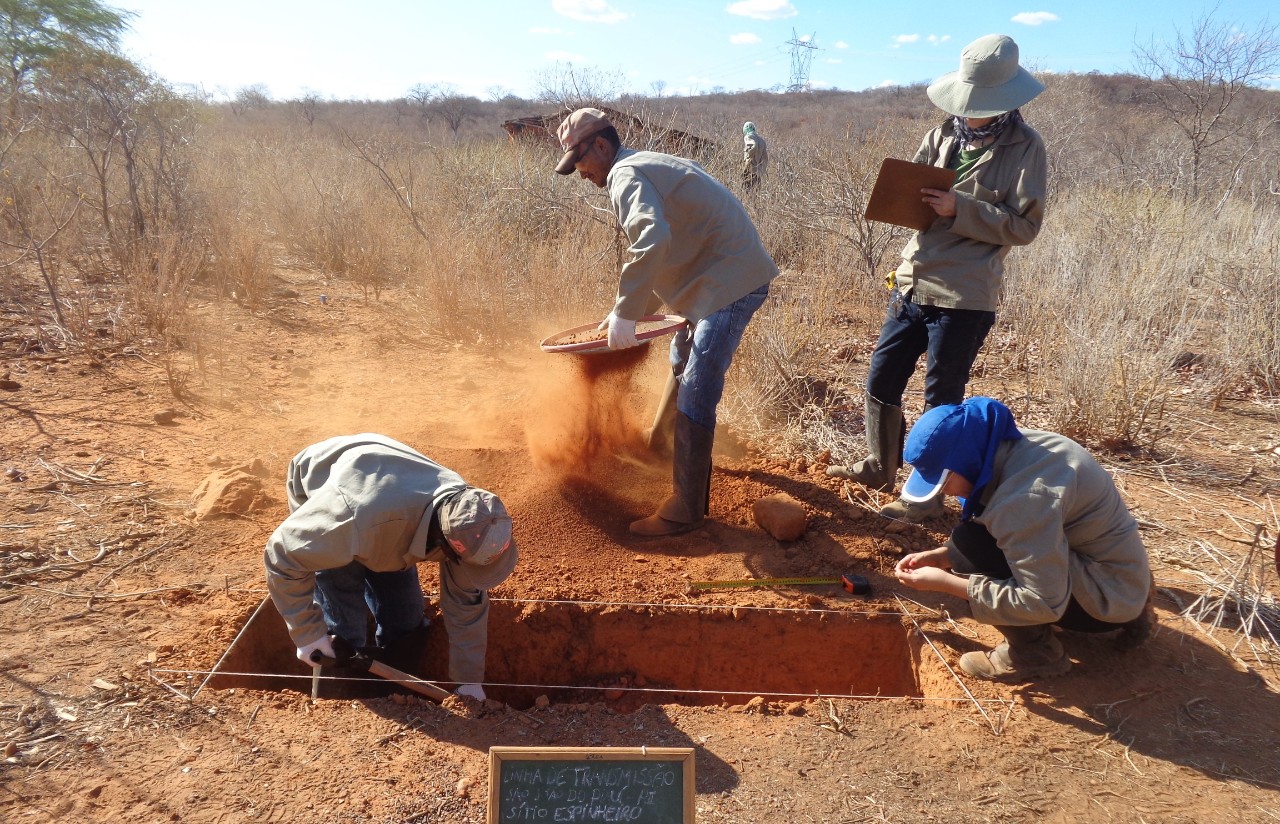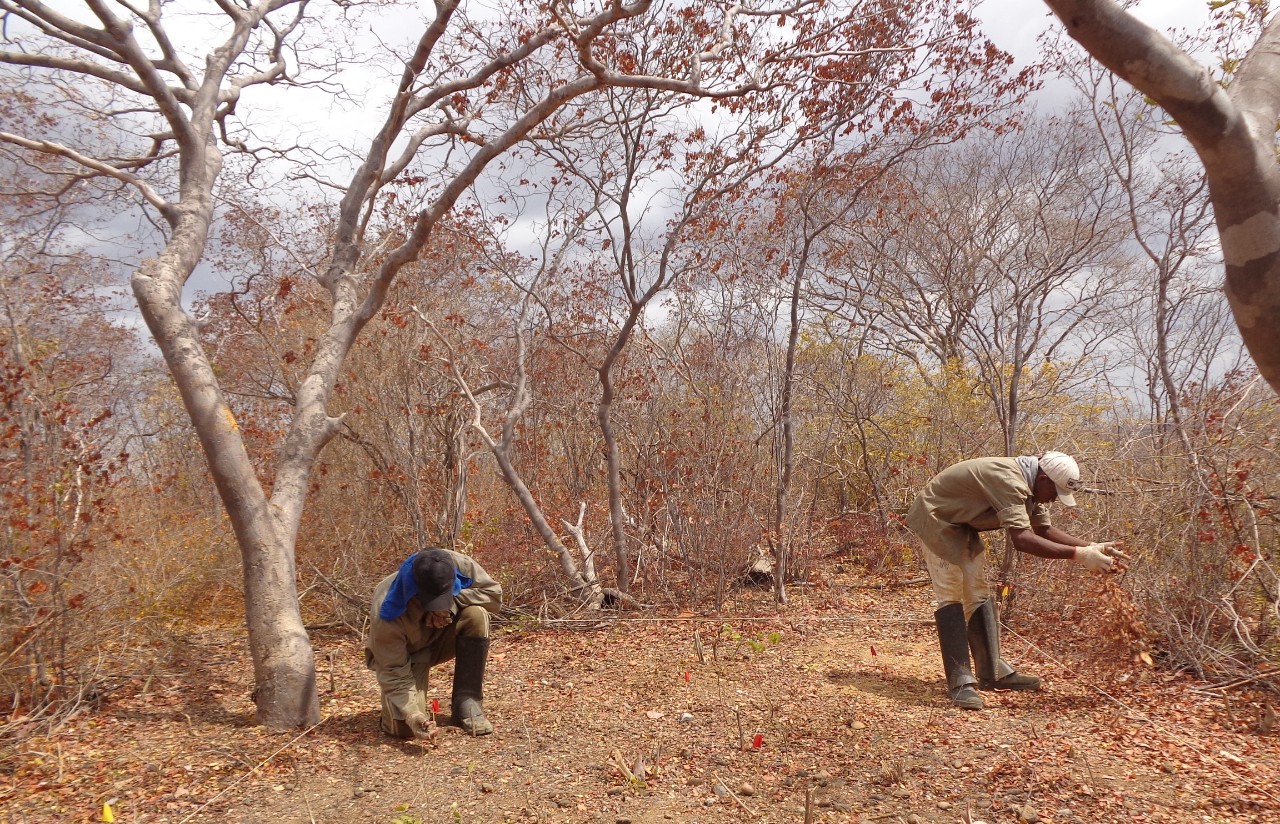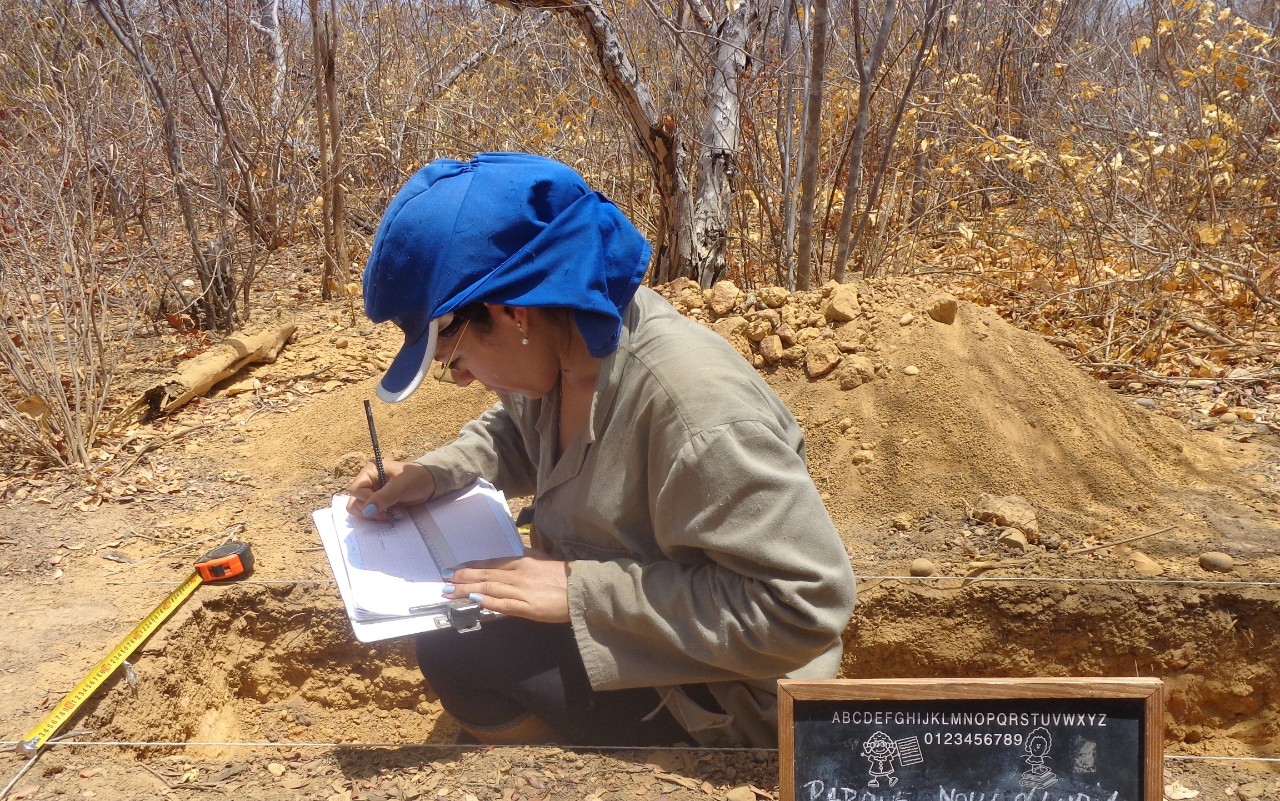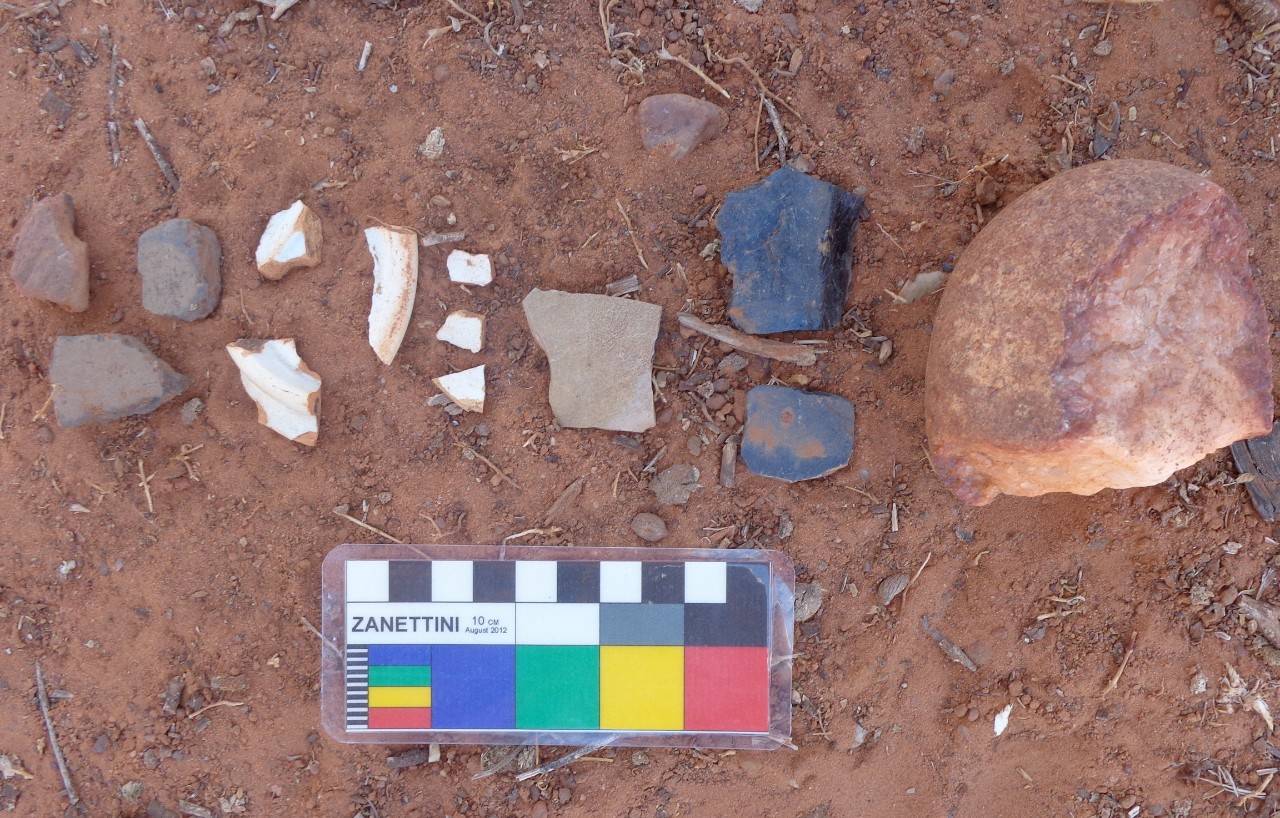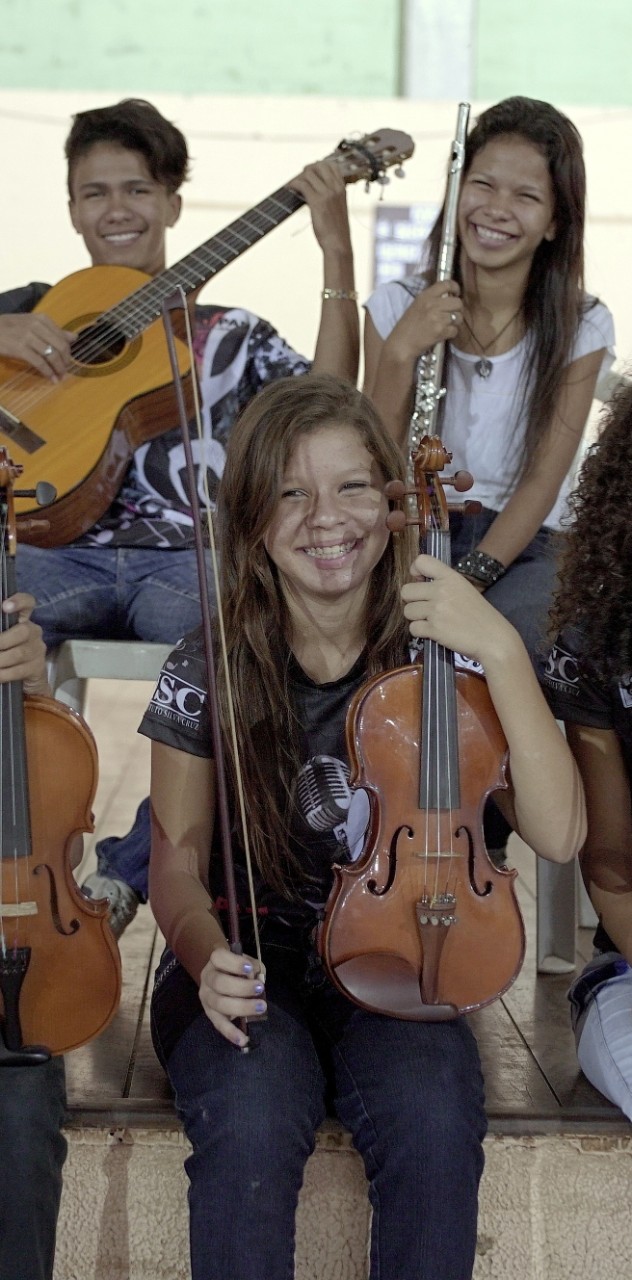“Stone hewn tools, ceramic pieces, artefacts and European porcelain are some of the items already recovered from the surroundings of the plants at Nova Olinda, Apiacás Complex, Cristalândia and Serra Azul”
First, the Environmental Discipline team, an area within Engineering and Construction, maps the archaeological sites. Then, a scientific survey is done at every site. The work is completed with the collection of the materials found, which are identified and preserved by EGP with the support of local institutions.
Appreciation of the cultural legacy
More than simply old objects, the materials found are relics that reveal the history of the civilisations that have lived in our country. As well as helping to understand how communities expanded around the Brazilian territory, some stone hewn tools, probably built and used by ancient farmers and growers that lived in these areas, demonstrate the adaptability of the old inhabitants to environmental changes.
“I consider this archaeological rescue work essential for the historical legacy of the country. Enel Group takes this programme very seriously and has the support of several agencies and institutions at each location. It is very rewarding to be able to contribute with the historical reconstruction”
At the end of every stage of the programme, the research team creates a document – a booklet, report or book – presenting the objects found and some concepts used in the discoveries, to engage the local community with the project.
Heritage from ancient farmers and growers
The Nova Olinda Solar Plant is located between the towns of São João and Ribeira, in the Piauí countryside – state where the oldest man in the Americas, dating back 48,000 years, was found. The archaeological rescue work at the site started in December 2015 and has been giving a lot of historical and cultural results, with references to the start of the occupation of the South American continent and the country’s period of Portuguese colonisation.
“We have found ceramic pots and stone hewn tools dating back two to three thousand years, as well as European porcelain and metal fragments that were probably used in weapons. Furthermore, we have located one of the region’s archaeological sites, the seat of a farm that goes back to the 18th century”
One of the most important benefits of this work is the legacy that will remain for the neighbouring communities. After all, the archaeological heritage is a key element to preserve and promote the cultural references of each country. On this subject, the archaeologist concludes: “We are preparing the Patrimonial Education stage and will return to the region to present what we have learned. This way of promoting our discoveries to society is what makes Brazilian archaeology unique.”


